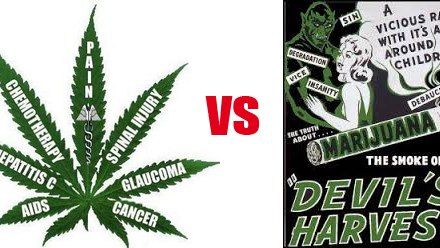First, about those troubling overdose fatalities, this from Kaiser Family Foundation— a breakdown by state, year, and age group. You can scroll back by date to see how things in your state have changed over the course of the epidemic. And how they compare with other states.
Fortunately, most overdoses are not fatal (we can thank the EMTs and Lady Luck for that). The actual number of unintended ODs in a year is considerably larger.
There’s a survivability factor involved. One consideration is emergency response time. A couple decades ago, Washington DC made headlines as the nation’s leader in gun fatalities. But a curious journalist pointed out that nearby Baltimore had as many serious shooting incidents — it’s just that their emergency services were better at keeping victims alive.
The chart show a surprising number of OD deaths occur among those 55 and older. That’s not the group most people associate with drug problems. But it’s often near the top in a state.
Take California. There, over-55s represented the largest single group of fatalities in 2015 (660, versus 390 in the 25-34 age group). That’s related to how physicians prescribe opioids, including oxycodone and hydrocodone, to seniors. And there’s wide variation in prescribing patterns from state to state — patients in X are more likely to be maintained on opioids than those in Y, despite comparable diagnoses and medical status.
With the elderly, there’s also the issue of polypharmacy. That term refers to the use of multiple meds to treat a single disorder, or the use of multiple meds to treat multiple disorders in a single patient. Or it can also mean prescribing one medication to counteract the side effects of another. All common practices, but nevertheless associated with increased risk for accident or misadventure.
Also: Many patients with opioid disorders are undergoing treatment for another serious medical condition. Chronic pain comes immediately to mind, but what about Hepatitis C? Check this out.
And finally, just FYI, here’s a discussion of best practice for pain treatment when the patient also has an opioid disorder.













